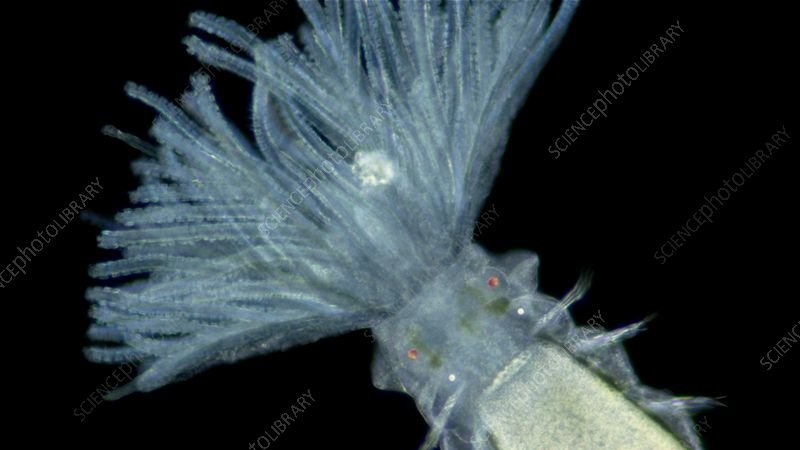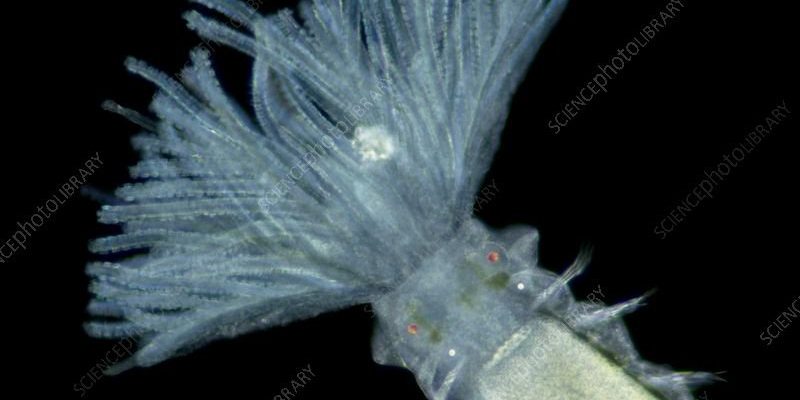
When thinking about science demonstrations, many of us might picture stuffy classroom lectures filled with complex jargon. But let’s face it, that’s not how anyone really learns best. Using live creatures like Sabellid fan worms can make science come alive in a way that makes learning engaging and fun. So, if you’re a teacher or anyone interested in marine life, let’s dive into how to effectively use these unique creatures for educational purposes!
The Basics of Sabellid Fan Worms
Sabellid fan worms belong to a group of segmented worms called polychaetes. These fascinating creatures primarily inhabit sandy or muddy substrates in marine environments. One of their distinguishing features is their beautiful crown of feathery tentacles used for feeding. When you look closely, you’ll see they can extend and retract these fans to capture food from the water around them. Pretty neat, right?
These worms can grow up to 10 inches long, and their coloration can range from dull browns to vibrant reds, greens, and yellows, making them a visual treat for students. They thrive in various aquatic habitats, including estuaries and coral reefs. By having a Sabellid fan worm in your classroom, you’re not just bringing in an organism; you’re introducing a whole ecosystem and a discussion point about biodiversity.
You might be wondering how these creatures fit into your curriculum. They can serve as a live example in lessons about marine ecosystems, adaptations, and the importance of biodiversity. You can even tie them into discussions about environmental threats like pollution and habitat loss, making them a versatile tool for your teaching toolbox.
Setting Up for a Successful Demonstration
Bringing a Sabellid fan worm into the classroom isn’t as simple as just tossing it in a tank. You need to create an environment where they can thrive. First off, consider the size of the tank. A 10-gallon aquarium can be a good starting point. Make sure it has plenty of sand at the bottom and some rocks or coral to mimic their natural habitat.
Next, water quality is crucial. You’ll want to maintain a proper salinity level, temperature, and pH. A good quality aquarium heater, a filter for circulation, and regular water testing can help keep the environment stable. This setup not only keeps your worm happy but also serves as a real-world lesson in what it takes to maintain a marine habitat.
Another exciting part of the demonstration can be the feeding process. Sabellid fan worms feed on tiny particles in the water, so introducing students to the concept of filter feeding can bring in discussions about food webs. You can use brine shrimp or phytoplankton as food, which can spark conversations about how energy moves through ecosystems.
Engaging Students with Hands-On Activities
Once you’ve set up your demonstration, it’s time to engage your students with hands-on activities. Kids learn best when they can get involved, and studying these worms is no exception. One fun idea is to have students get into groups to observe the behavior of the Sabellid fan worm. They can take notes on how it behaves, how it reacts when threatened, and how quickly it extends and retracts its tentacles.
Another activity could be to ask students to sketch what they see. Art and science go hand in hand, and drawing can help them focus on the details, fostering a deeper understanding of marine biology. You might even consider using technology by having students take photos or videos of the worms and present their findings, integrating digital literacy into your lessons.
Group discussions following these observations can help students articulate what they’ve learned and share insights. You can guide them to think critically about what they observed and connect it back to broader topics in marine science, like ecosystem health and human impact on ocean life.
Why Sabellid Fan Worms Matter
You might be wondering, “Why should I care about Sabellid fan worms?” These creatures might seem small, but they play significant roles in their ecosystems. They help clean the water by filtering out sediments and tiny particles, contributing to a balanced marine environment. Their presence indicates a healthy ecosystem, making them valuable bioindicators for assessing environmental conditions.
In addition, studying Sabellid fan worms can lead to discussions about marine conservation. In today’s world, where oceans are facing significant threats from pollution and climate change, understanding the role of these small organisms can help students appreciate the importance of protecting marine life. They’ll learn that even the tiniest creatures have a part to play in the larger ecological puzzle.
Moreover, they can serve as a gateway to discussions about marine biology careers. Watching these worms in action can ignite a passion for marine sciences and inspire students to pursue careers in biology, ecology, or environmental science. This can empower them to make a difference in the world around them.
Comparing Sabellid Fan Worms to Other Marine Creatures
While Sabellid fan worms are delightful, they’re not the only organisms that can be used in science demonstrations. For instance, sea urchins, starfish, and even anemones can also provide interactive learning opportunities. Each of these creatures brings something unique to the table.
Sea urchins, for example, offer insights into how marine animals interact with their habitats through grazing on algae. Starfish can teach about regeneration and the diversity of marine life, while anemones can be used to discuss symbiotic relationships, especially with clownfish.
However, Sabellid fan worms stand out thanks to their beautiful feeding displays and their role as filter feeders. They provide a dynamic visual that can capture student attention more than some other species may. Plus, their complexity can spark curiosity and promote deeper questions about life systems in the ocean.
Final Thoughts on Using Sabellid Fan Worms in Education
Incorporating Sabellid fan worms into your science demonstrations can enhance learning in exciting ways. They’re more than just eye candy; they serve as powerful teaching tools to discuss marine ecosystems and environmental science in a relatable manner.
Teaching with live organisms can foster a sense of connection with nature, encouraging students to care for and think critically about the world around them. Plus, it’s a fun way to break away from traditional teaching methods and immerse students in an interactive learning experience.
So, if you’re contemplating a new addition to your science curriculum, consider bringing in Sabellid fan worms. They might just inspire the next generation of marine biologists—or at least create some unforgettable memories along the way!

